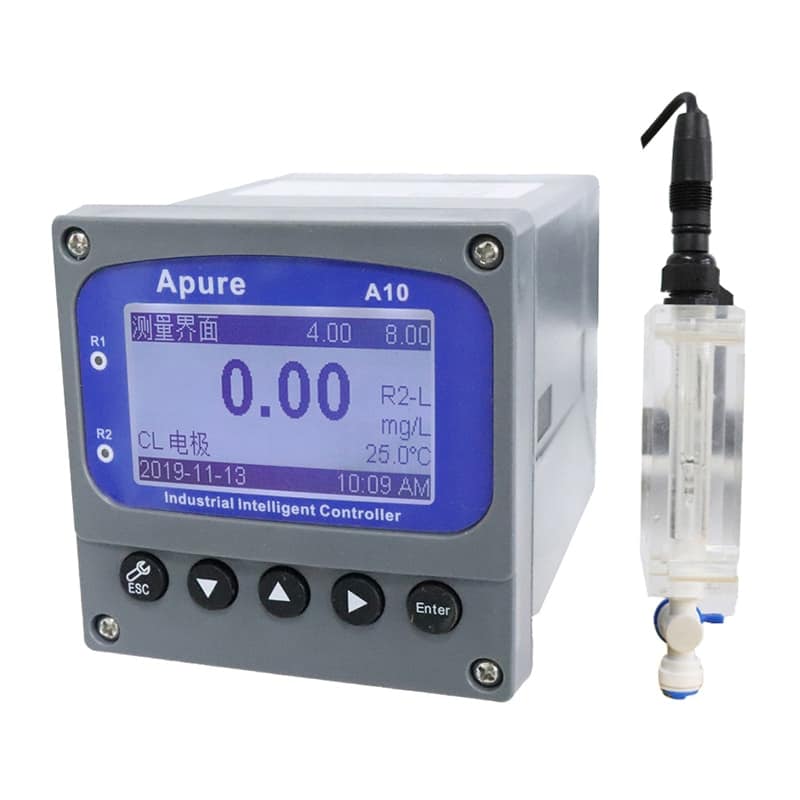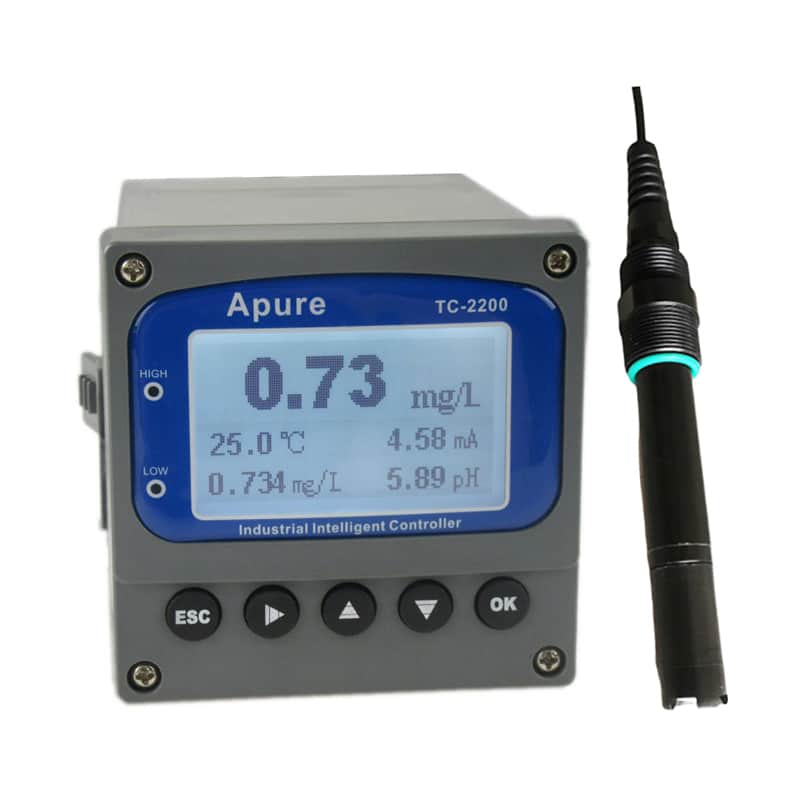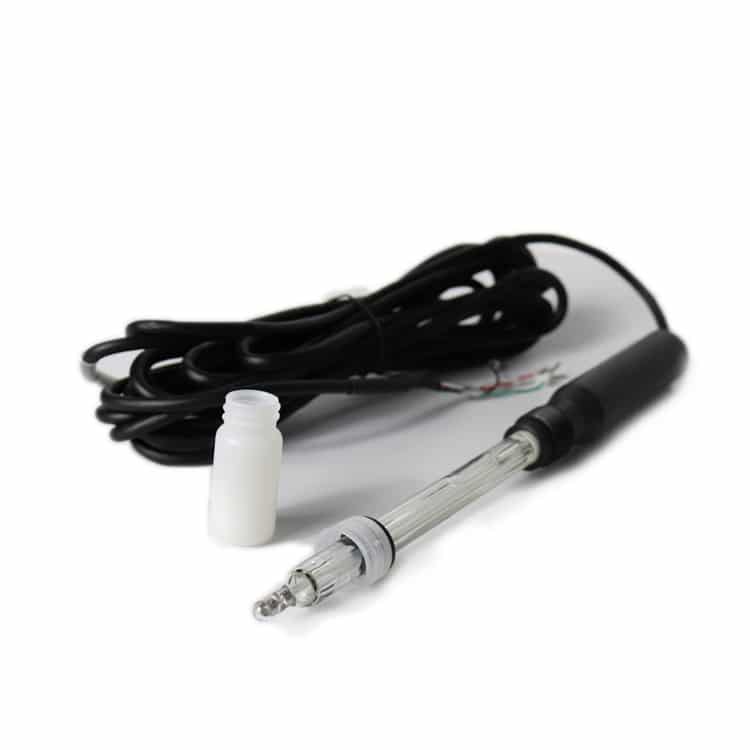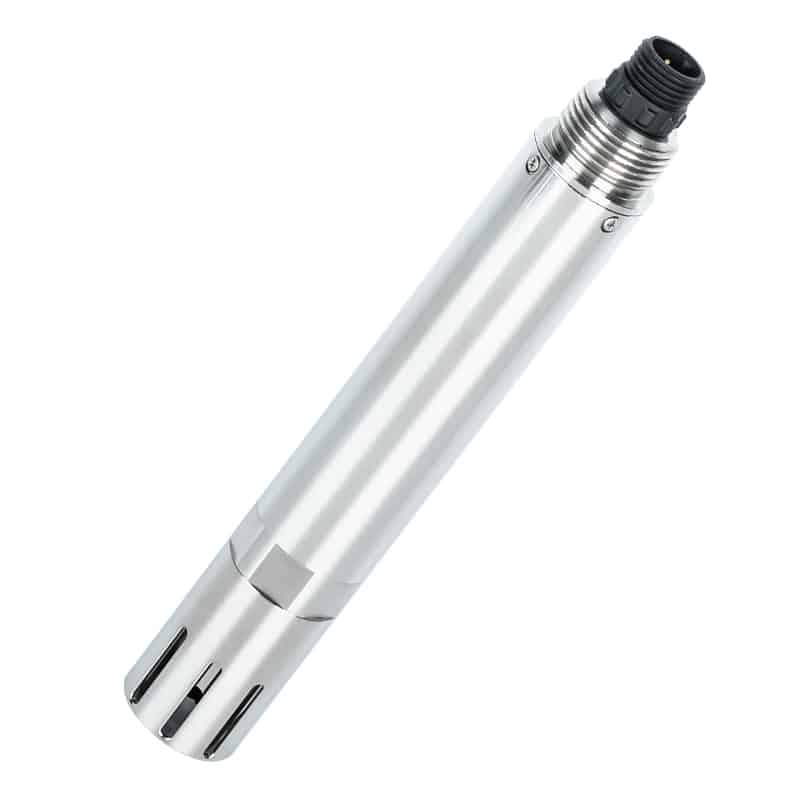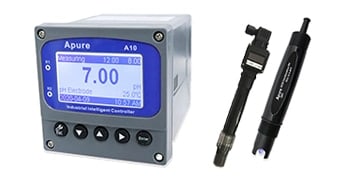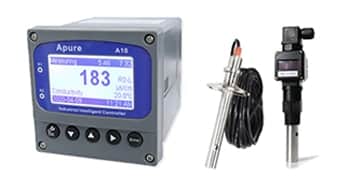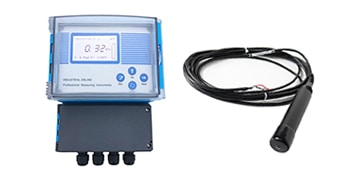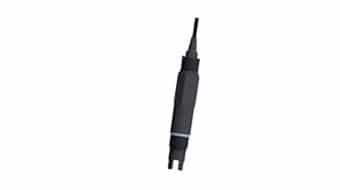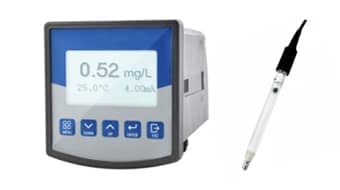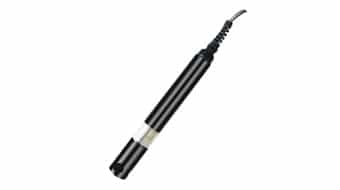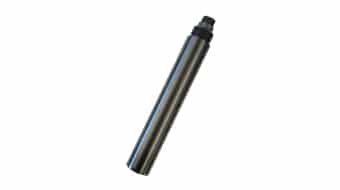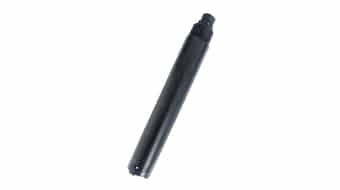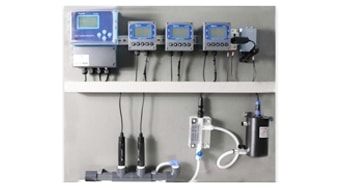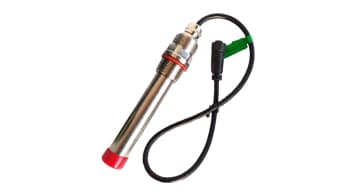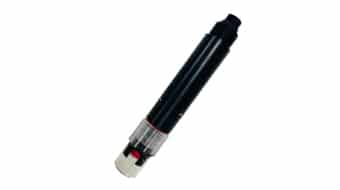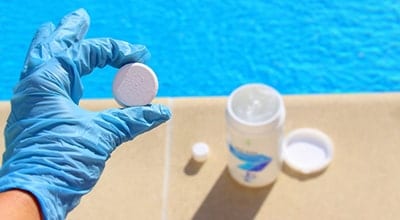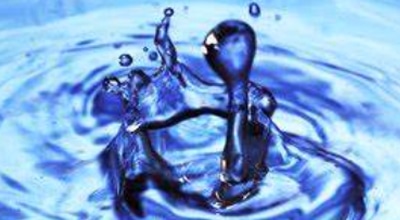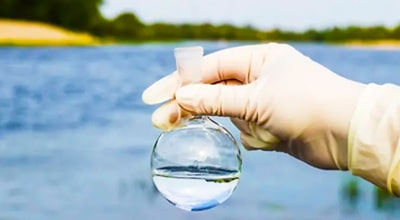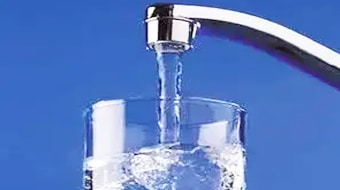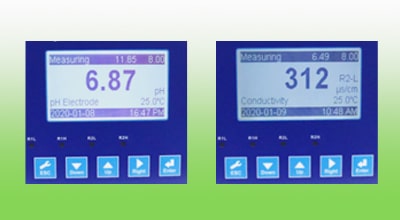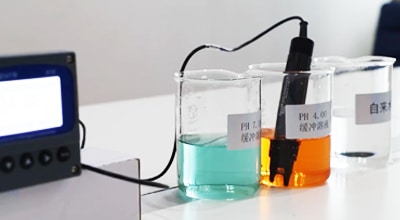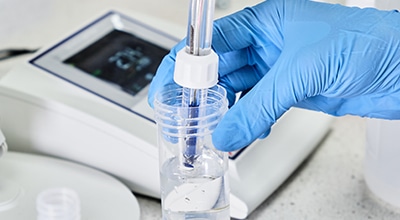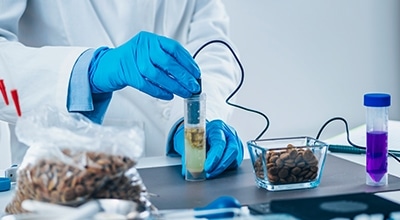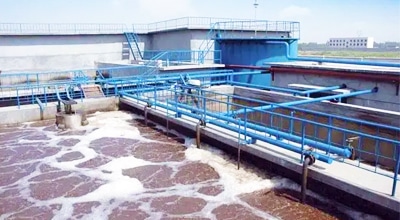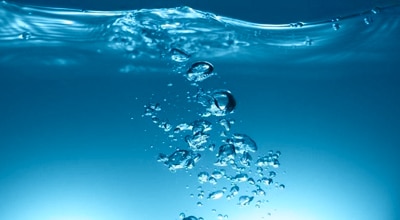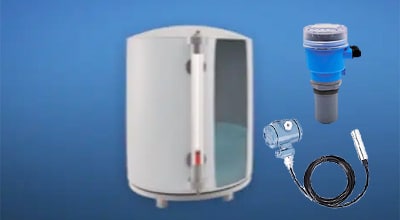Chlorine Meter & Sensor
Chlorination is one of sterilization method in drinking water and industrial water, and chlorine measurement is very important to secure water quality. We provides two type of chlorine analyzers, non reagent type chlorine analyzer for free available chlorine measurement and reagent type chlorine analyzer for free chlorine or residual chlorine (total chlorine) measurement. You can find the best solution thanks to unique Apure technologies proven by experiences.
What is Residual Chlorine?
“Residual chlorine”, generally referred to as “free chlorine”, refers to chlorine in the form of hypochlorous acid, hypochlorite ions and dissolved elemental chlorine. Its synonyms are “free residual chlorine“, “free chlorine” and “free residual chlorine”.
The opposite of “free chlorine” is “combined chlorine”, which is chlorine in the form of chloramines and organochloramines. Synonyms for this are “compound residual chlorine” or “compound residual chlorine”.
And “total chlorine” and “total residual chlorine” are synonyms, refers to “free chlorine” or “combined chlorine”, or both of the form of chlorine, can be regarded as the water “free chlorine” and “combined chlorine” the sum.
To sum up, there are three disinfectant indicators related to chlorine disinfection:
- Synonyms for residual chlorine: free residual chlorine, free chlorine, free chlorine;
- Synonyms of combined chlorine: combined residual chlorine;
- Total chlorine synonyms: total residual chlorine.
For the same water sample, the relationship between the contents of the three indexes is as follows:
Residual chlorine + combined chlorine = total chlorine
What is a residual chlorine meter?
A residual chlorine meter is an instrument used to measure the concentration of residual chlorine in water. It detects the electrochemical signal generated by residual chlorine in water through a sensor and converts the signal into a residual chlorine concentration value.
How a chlorine sensor works?
Residual chlorine sensors usually use electrochemical methods. The sensor contains a working electrode and a reference electrode. When a water sample flows through the sensor, the residual chlorine molecules in the water diffuse onto the surface of the working electrode and a redox reaction occurs. This reaction generates a small electric current, the size of which is proportional to the concentration of residual chlorine. The sensor amplifies this current signal and converts it into a concentration value.
Types of residual chlorine meters
- Electrochemical residual chlorine meter: This is the most commonly used method, with the advantages of fast, accurate and continuous measurement.
- Colorimetric residual chlorine meter: through the addition of colorimetric agent, so that the water samples produce color changes, and then through the photoelectric colorimetry to measure the color shades, so as to calculate the residual chlorine concentration.
- Titration residual chlorine meter: Titrate the water sample with standard solution and calculate the residual chlorine concentration according to the amount of consumed solution.
Applications
- Drinking water treatment plant: Monitor the residual chlorine content of the water from the plant and the pipe network to ensure the safety of water quality.
- Swimming pools: Control the residual chlorine concentration of pool water to ensure water quality and hygiene.
- Food processing industry: monitor the residual chlorine content of water and cleaning water to ensure food safety.
- Industrial water: Monitor the residual chlorine content of cooling water and boiler water.

